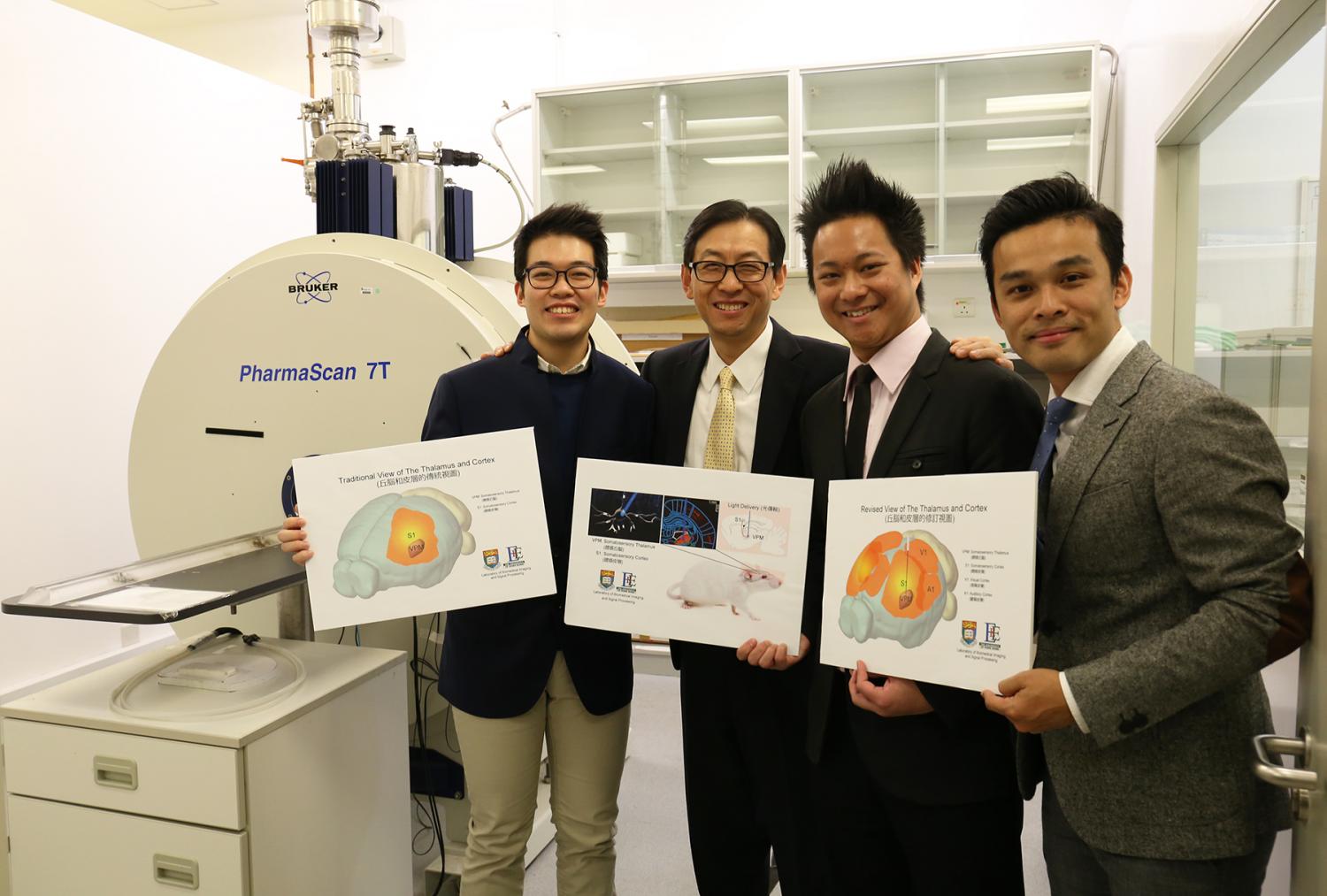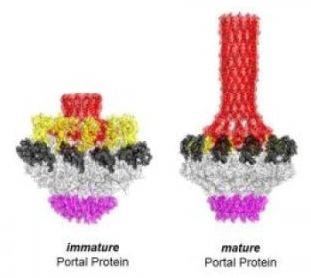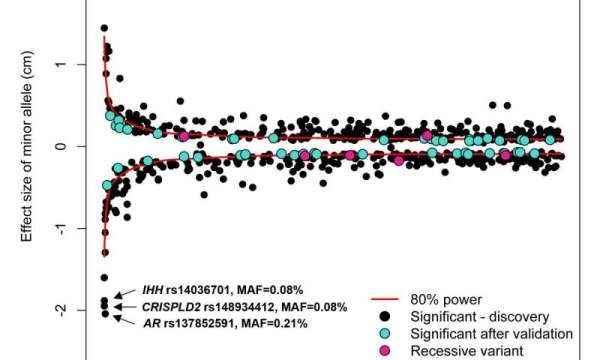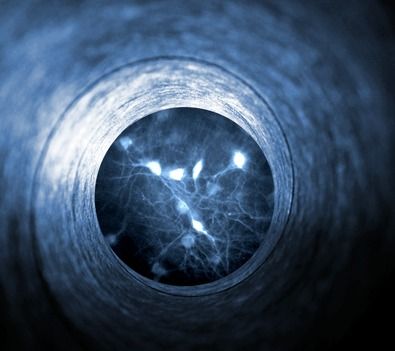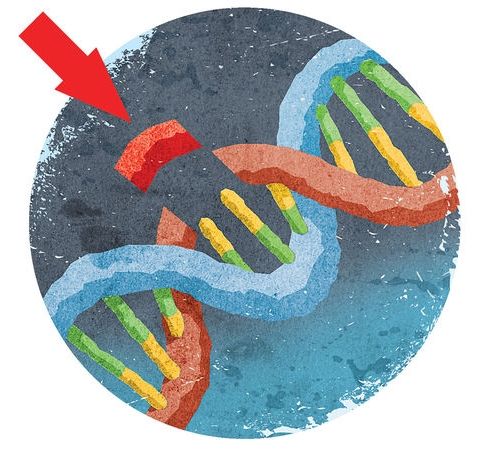Feb 2, 2017
Scientists utilise innovative neuroimaging approach to unravel complex brain networks
Posted by Karen Hurst in categories: biotech/medical, engineering, genetics, neuroscience
A research team led by Professor Ed X. Wu of the Department of Electrical and Electronic Engineering at the University of Hong Kong has used an innovative neuroimaging tool to interrogate the complex brain networks and functions.
The team has successfully manipulated two pioneering technologies: optogenetics and functional magnetic resonance imaging (fMRI), for investigation of the dynamics underlying brain activity propagation. Their breakthrough to simultaneously capture large-scale brain-wide neural activity propagation and interaction dynamics, while examining their functional roles has taken scientists a step further in unravelling the mysteries of the brain. It could lead to the development of new neurotechnologies for early diagnosis and intervention of brain diseases including autism, Alzheimer’s disease or dementia.
The findings have recently been published in the prestigious international academic journal Proceedings of the National Academy of Sciences (PNAS).
